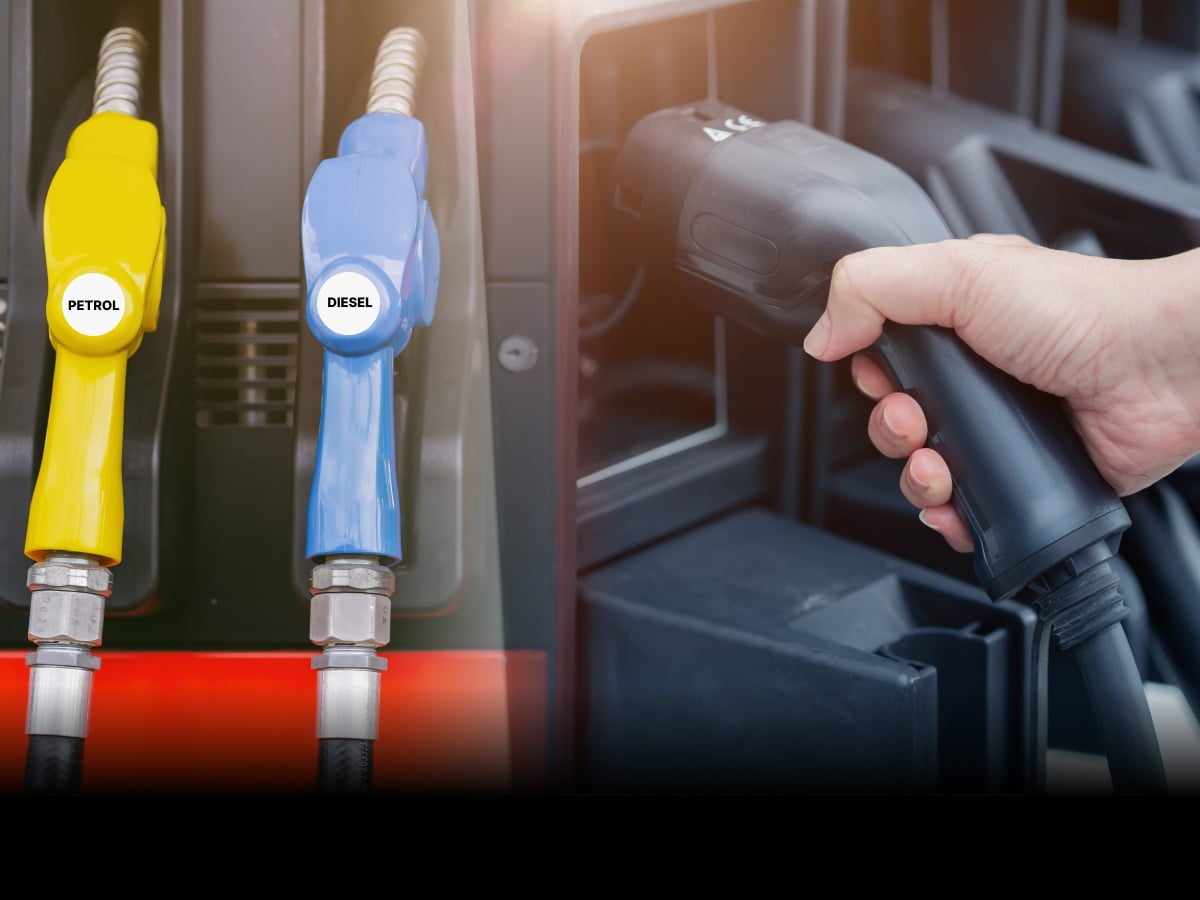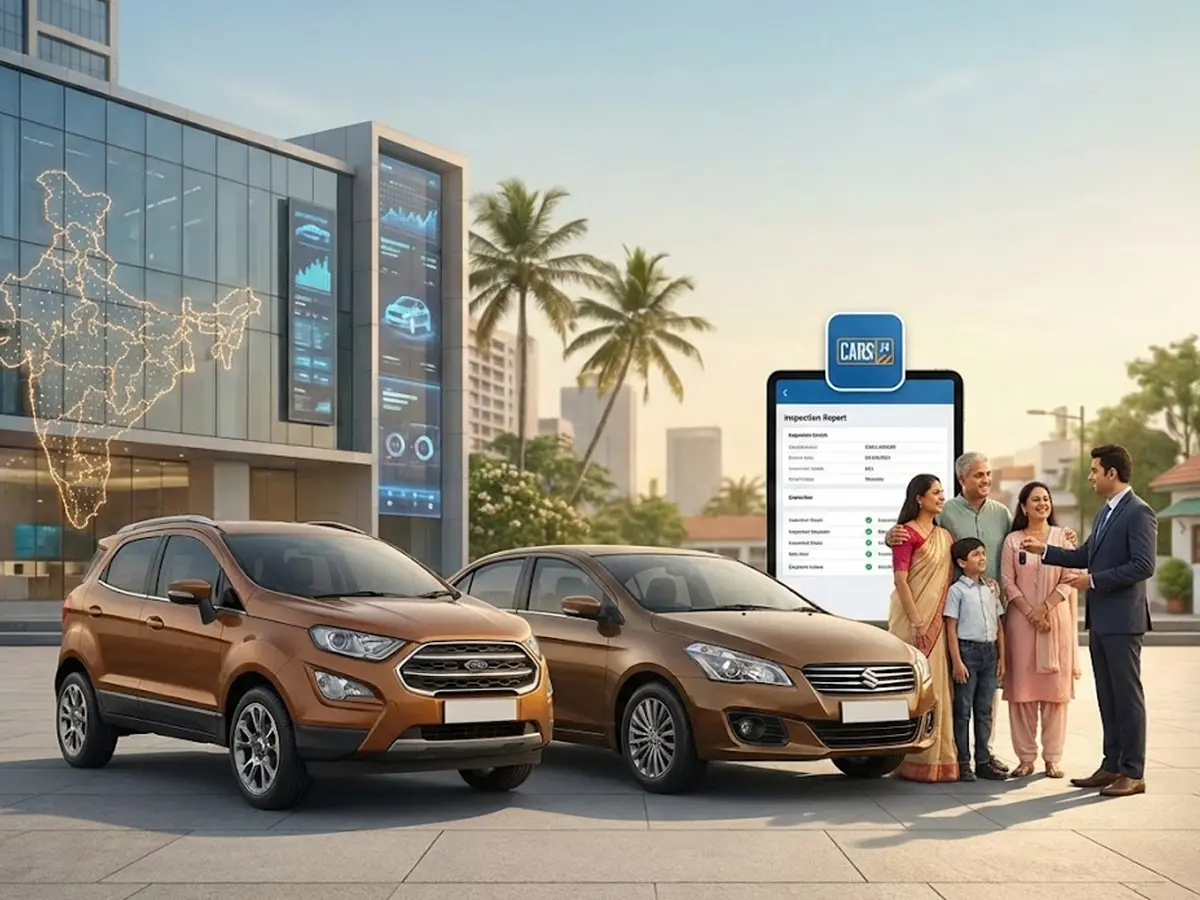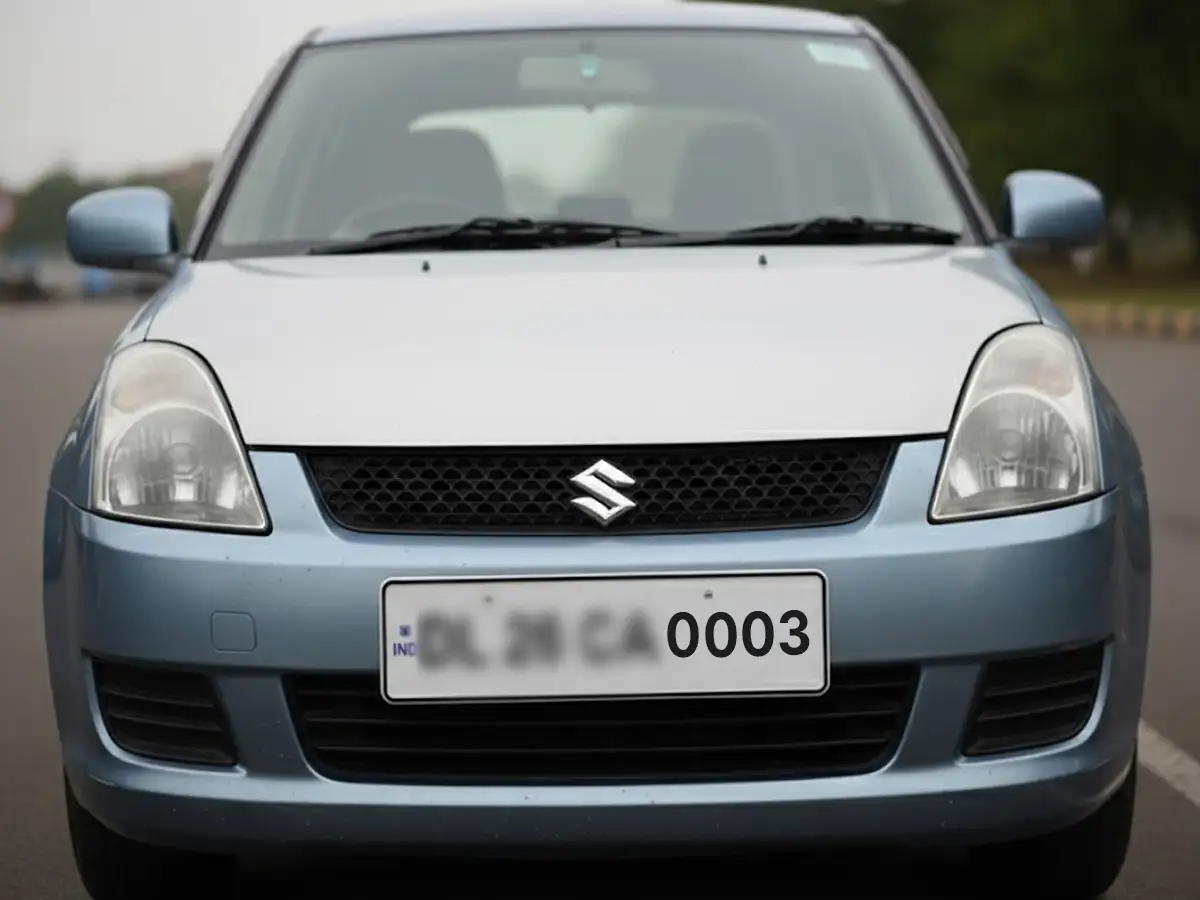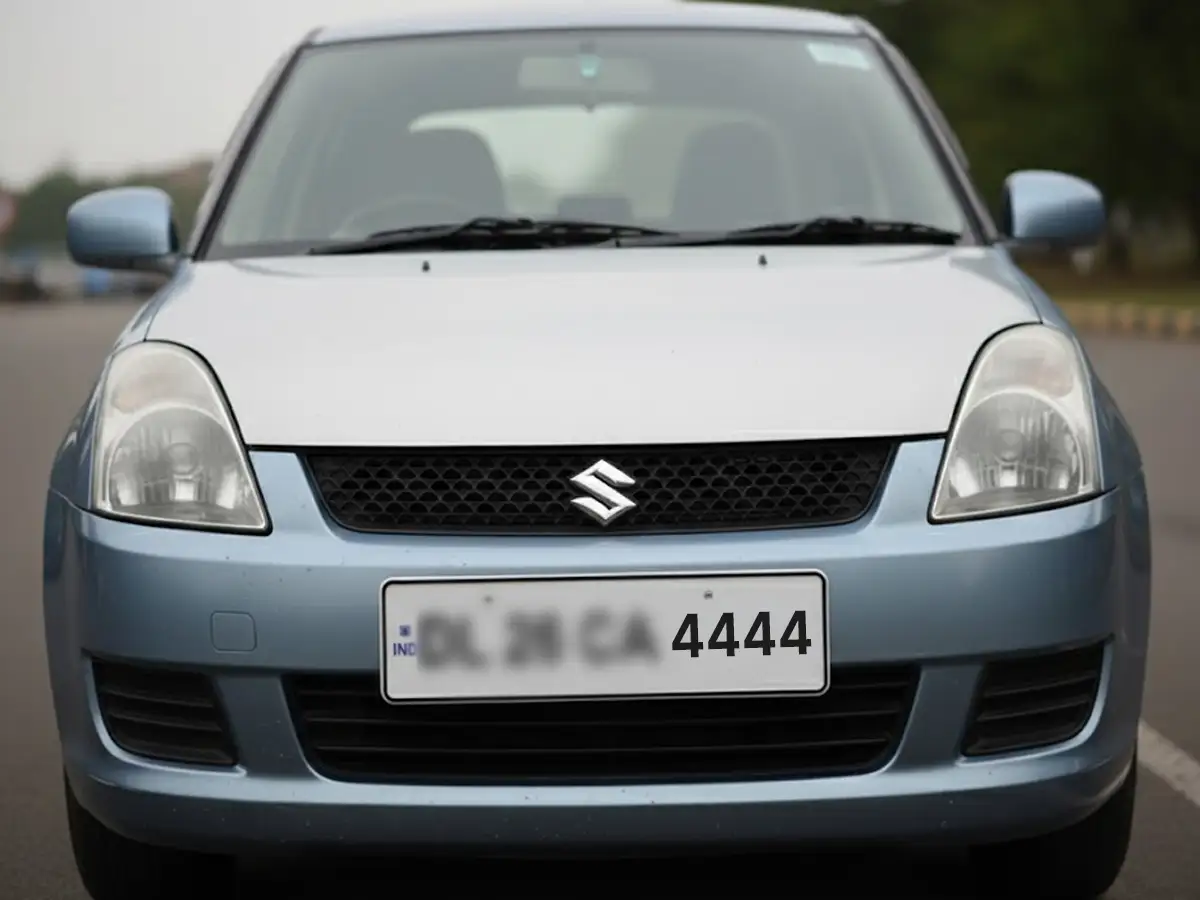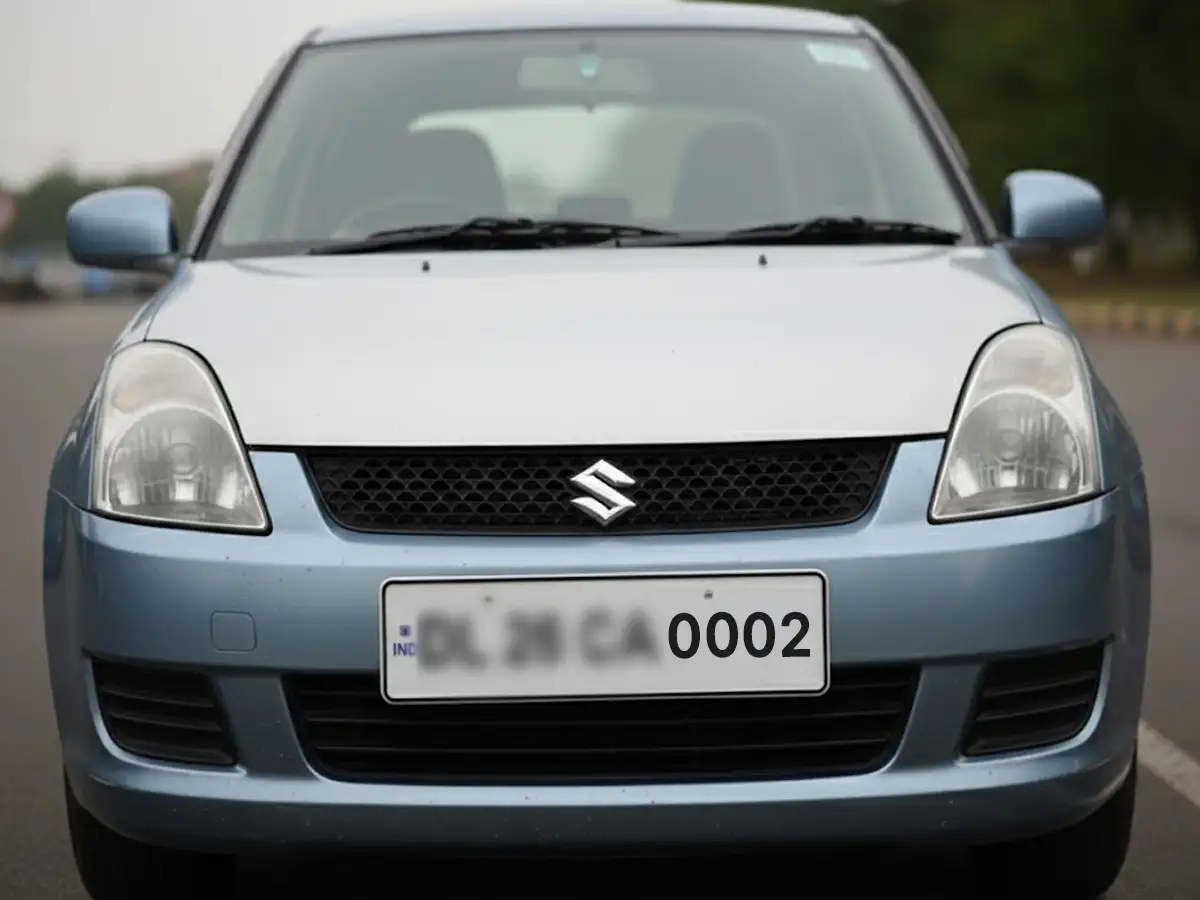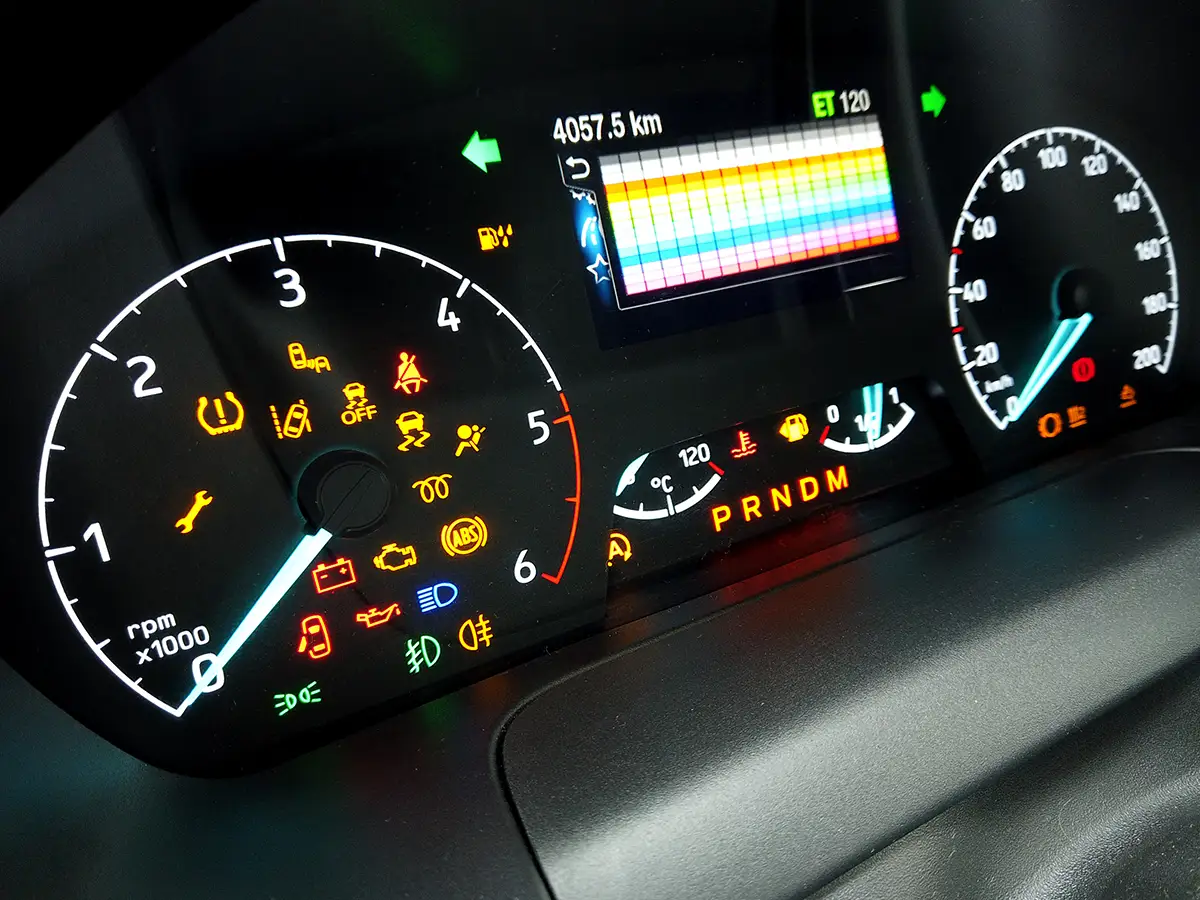

How To Check The Dashboard Instrument Cluster During PDI
- 1Instrument cluster inspection helps spot warning lights and gauge issues early
- 2Perform instrument cluster inspection for safety and accurate driving data
- 3Ensure clear visibility with a thorough instrument cluster inspection
The instrument cluster is the command centre of any car. All the numbers and lights provide crucial data about the vehicle. Some might overlook it by calling it a basic speedometer dial, but in essence, it can deliver a lot more information about the vehicle than you can even think of. In this article, we will look into the facts on how to check the dashboard instrument cluster during a pre-delivery inspection.
The Need for Instrument Cluster Inspection
A dashboard instrument cluster provides continuous data about the vehicle. This data can include the following parameters.
- Vehicle Speed
- Engine RPM
- Total Distance Covered (Odometer)
- Fuel Gauge
- Engine Coolant Temperature
- Trip Meters
- Fuel Efficiency
- Clock
- Tyre Pressure Monitor (if equipped)
The cluster also has various indication and warning lights, such as
- Check Engine Light
- ABS Light
- Traction Control Lights
- ESP Light
- Oil Pressure Warning Light
- Battery Warning Light
- Headlight Indications
- Parking Brake Warning
- And many more
Modern cars, which are equipped with countless sensors and even active safety features like advanced driver assistance systems (ADAS), have a high-tech instrument cluster. These clusters are basically TFT screens giving out minute details and a lot more parameters than regular cars.
Hence, it becomes mandatory to do proper inspections of the instrument clusters of modern cars. Because if basic warning signs are ignored on the cluster while purchasing, you cannot blame it on the previous owner or the dealer for the same. Also, this way you can compromise your own safety on the roads.
1. Watch the Welcome Cycle
As the ignition is turned on, the instrument cluster lights and showcases all the indication and warning lights for a couple of seconds. This is a kind of self-check which ensures that all the lights, needles, and pixels in TFT screens are performing correctly.
During this time, you can spot if any light is faulty or if the screen is damaged because it will not glow up during self-check.
In case of a semi-digital instrument cluster with an analogue speedometer and tachometer, the needles should sweep smoothly across their respective dials. Any jerky movement can be caused due to mechanical wear inside the cluster assembly.
2. Monitor Warning Lights After the Engine Starts
Now, when the instrument cluster settles to normal, crank the engine. Once the engine is started, observe the lights disappearing immediately. The only lights which will remain lit up would be of hand brake and the seatbelt.
At this time, the glowing of warning lights can be of serious issue. Here are some problems that can be spotted on the cluster.
- An airbag or ABS light is on means there is an issue with the ABS
- The Oil Pressure light indicated that the oil level is low and needs to be topped up
- Check Engine Light indicates a problem with the engine or ECU
- The battery light displays low battery voltage or other issues
- Blinking Fuel light indicates low fuel and needs refuelling
In this way, you can check the issues immediately once the engine starts up. Further investigation into the issue might need an On-Board Diagnostic (OBD) tool.
4. Test Gauge Accuracy
After this, the next step involves the inspection of the accuracy of the gauges. Under this, the gauges such as speedometer, tachometer, fuel gauge and coolant temperature gauge are tested with their respective procedures.
A fuel gauge can be tested by refuelling and seeing the needle or bars rise, while the temperature gauge should gradually rise to normal engine temperature. The speedometer can be checked by driving and seeing a smooth change in the vehicle speed. The tachometer, on the other hand, should display variable engine speed based on the throttle inputs while driving.
A faulty gauge is determined by observing if the needles or bars are stuck at a single indication despite changing the variable. In most cases, the dials are replaced if found to be an issue. However, faulty gauges are rare.
5. Assess Backlighting
After this, you should check the visibility of the instrument cluster, the contract and the backlighting. In modern cars, the backlight is high during the daytime and reduces as you switch on the headlights. This ensures that your eyes are not strained due to overly bright clusters during night drives. Overall, this step is essential to check if all the numbers, indicators and warning lights are clearly visible while driving.
6. Inspect the Digital Features
As previously mentioned, modern cars are now equipped with high-tech features, touch screen infotainment systems, TFT instrument cluster and more. Hence, this step is necessary in analysing if all the features are present and working properly as intended. You can use the navigation buttons on the steering wheel to inspect the features in the instrument cluster. A frozen display or laggy screen is a sign of weak electronics or software that might ned an update. These faults can be expensive to fix once the car is yours.
DIY Checks Versus Professional Car Inspection
While it may sound and appear easy to inspect the instrument cluster by yourself. You can also spot surface issues like certain warning lights not lighting up. However, there are deeper checks that require professional tools to ensure accuracy and perfect order.
A professional uses diagnostic scanners to connect to the car’s ECU and uncover hidden fault codes. These codes reveal problems that do not always trigger a visible warning light on the instrument cluster.
If you want complete assurance before finalising the deal of a used car then you can book a Pre Delivery Inspection service. This ensures that trained car inspectors verify not only the cluster but every critical system in the car of your choice.
Conclusion
By now, you might have understood the reasons and benefits of a thorough inspection of the instrument cluster. An instrument cluster is a communication link between the car and the driver. A needle flicker, a warning light or any reading carries a message about what is happening under the bonnet.
If you skip the dashboard instrument cluster inspection, you might end up facing far greater issues when they reveal themselves later. A few extra minutes during a PDI can save you from months of regret and give you confidence that your car is safe, reliable and ready for the road.
Frequently Asked Questions
Expand all



